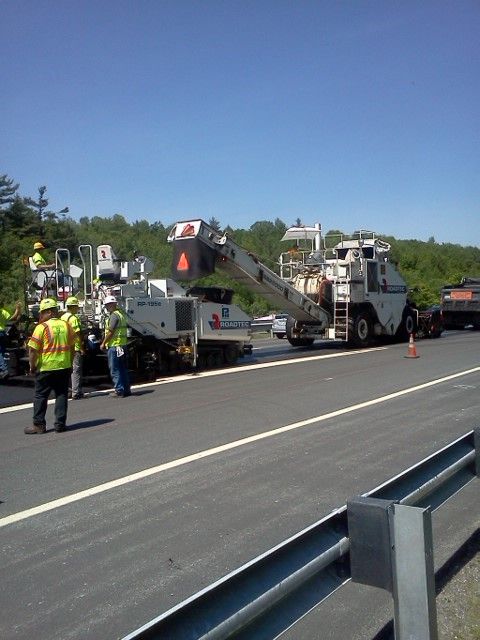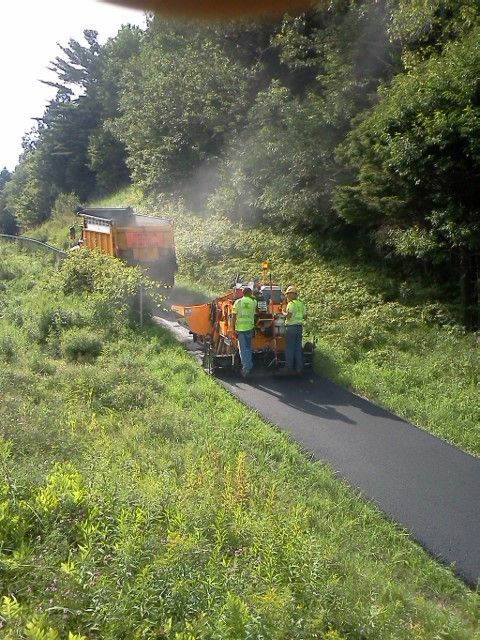vtsnowedin
Elite Member
A durable fix though not a cheap one is to pulverize all the existing pavement along with part of the six inch agg. layer. Then spread trap rock (or whatever you call it locally) 1 -1/2" to #4 at the rate of 0.17 tons per square yard over the surface and mix it in with another pass of the reclaimer. Then repave with two one and a half inch lifts of half inch top mix. You will end up about six inches higher then you started. In places where you have to match edge grade cut out and remove enough material to make room for the new stone and pavement before you add the stone.
The reclaimer should cost about $1.50 per square yard, the stone $3.75 and three inches of new pavement $16.24 for a total of $21.50 per square yard. More of course if your lot is small with a lot of odd corners etc.
The reclaimer should cost about $1.50 per square yard, the stone $3.75 and three inches of new pavement $16.24 for a total of $21.50 per square yard. More of course if your lot is small with a lot of odd corners etc.


